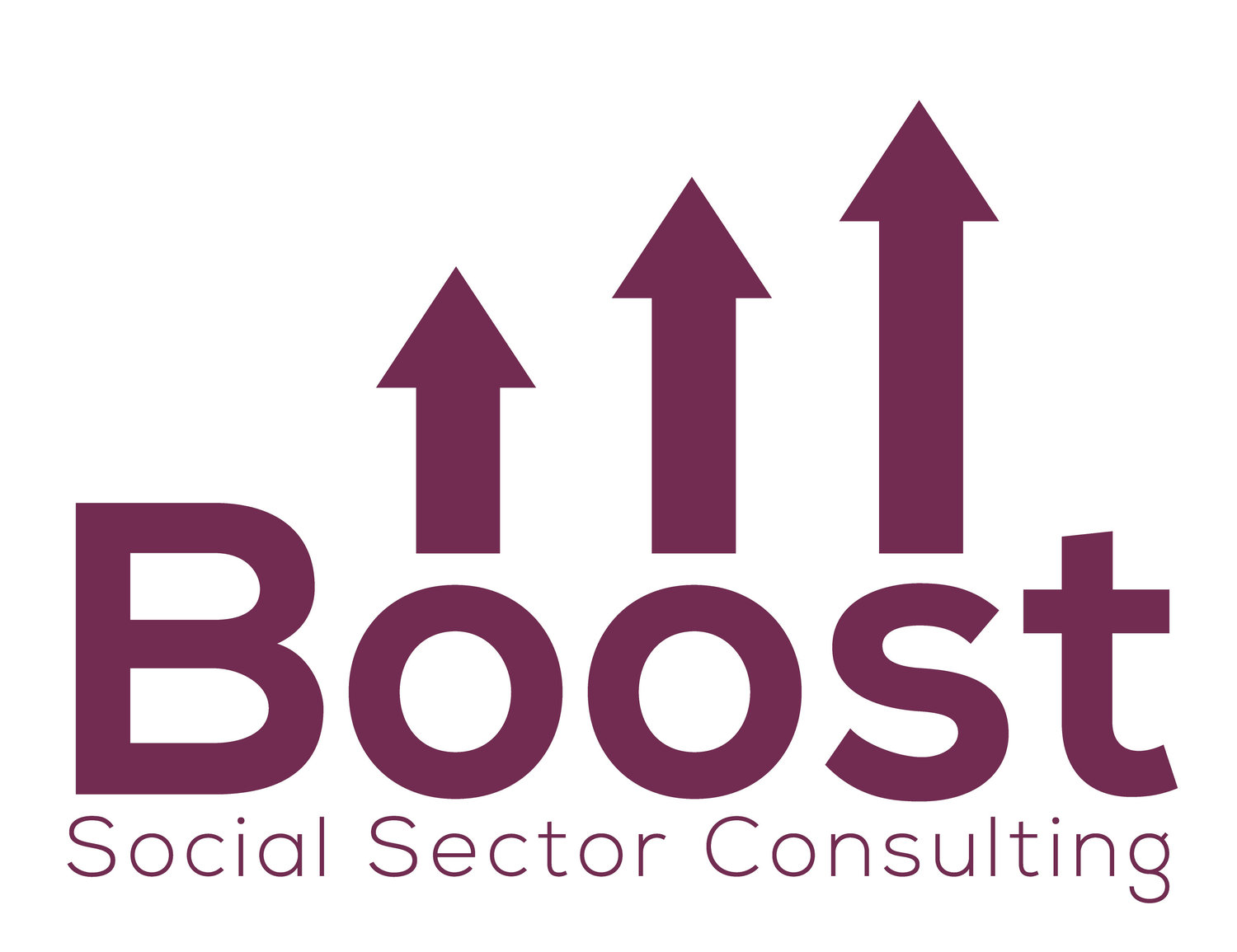Maturity, Impact, and Growth: Not a Linear Progression
/By Amanda Huminski
The very first thing to note about an organizational maturity curve is, well, the curve – it’s not a linear progression. Whereas the curve predicts that impact will continue to increase as an organization matures, the rate of that increase changes. Note the steep curve in the early success / opportunistic stage, which begins to flatten out as an organization becomes more established. Intuitively, this makes sense. An early stage organization that is finding its footing, trying new tactics, and coming out of a successful launch or startup may barrel out of the gate with a rapid growth spurt. As the organization matures, growth in impact becomes more constant and predictable, but slower relative to the size of the organization.
The following scenarios help to further clarify the various stages of maturity.
Launch: A good idea or passion project embarks on a major initiative, receives significant grant or seed funding, or experiences some other catalyst that creates an initial growth spurt.
Early Success / Opportunistic: Building on a successful launch, the organization hits the ground running. They may not yet have a “formula” for success, or well-defined goals, but they continue to successfully pursue interesting opportunities as they arise.
Systematic: The transition from early success to systematization can often feel like a crisis. This is the point at which growth in impact begins to slow (but not reverse) as the organization experiences various growing pains. There is a delicate balance between formalizing service delivery and internal processes for improved impact and efficiency, and being careful not to stifle the innovation and passion that contributed to an organization’s early success.
Established: Many of the nation’s largest and most successful nonprofits have settled into the established category – perhaps the least tumultuous of growth phases. The organization has a good idea of what it wants to accomplish, a proven track record of impact, and relatively smooth operations.
Transforming/Renewing: Often, but not always, an established company is thrust into a period of transformation/renewal when the external context changes. Has some other issue area emerged as a more urgent concern? Has the organization achieved its initial vision? Has philanthropy significantly shifted course? Has the organization experienced a major disruption in leadership? Any of these scenarios, or a slew of others, might require an organization to reevaluate its core purpose. In an ideal situation, the organization emerges from the other side of this transformation prepared to launch itself anew, at the beginning of another maturity curve.
There remains, however, the ever-important “so what” question. So what can we gather from this maturity curve – how does it impact tangible decisions that leaders must make about their organizations? Recognizing where your organization stands on the maturity curve can be incredibly useful in anticipating the next phase of growth most likely for your organization. The maturity curve is not a guarantee, but it does seem reasonable to expect that a launch and rapid period of early success, varied opportunities, and exponential growth will eventually modulate. Recognizing the general trends of the maturity curve can assist an organization in setting reasonable expectations and realistic goals for growth.


